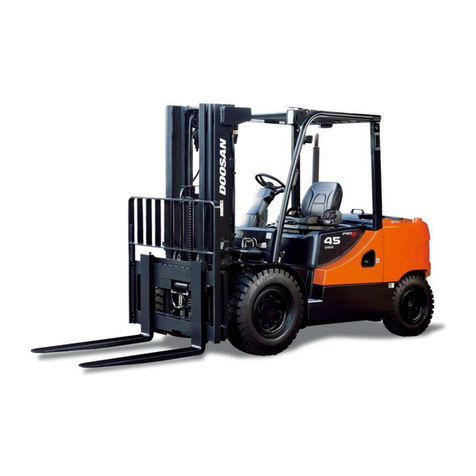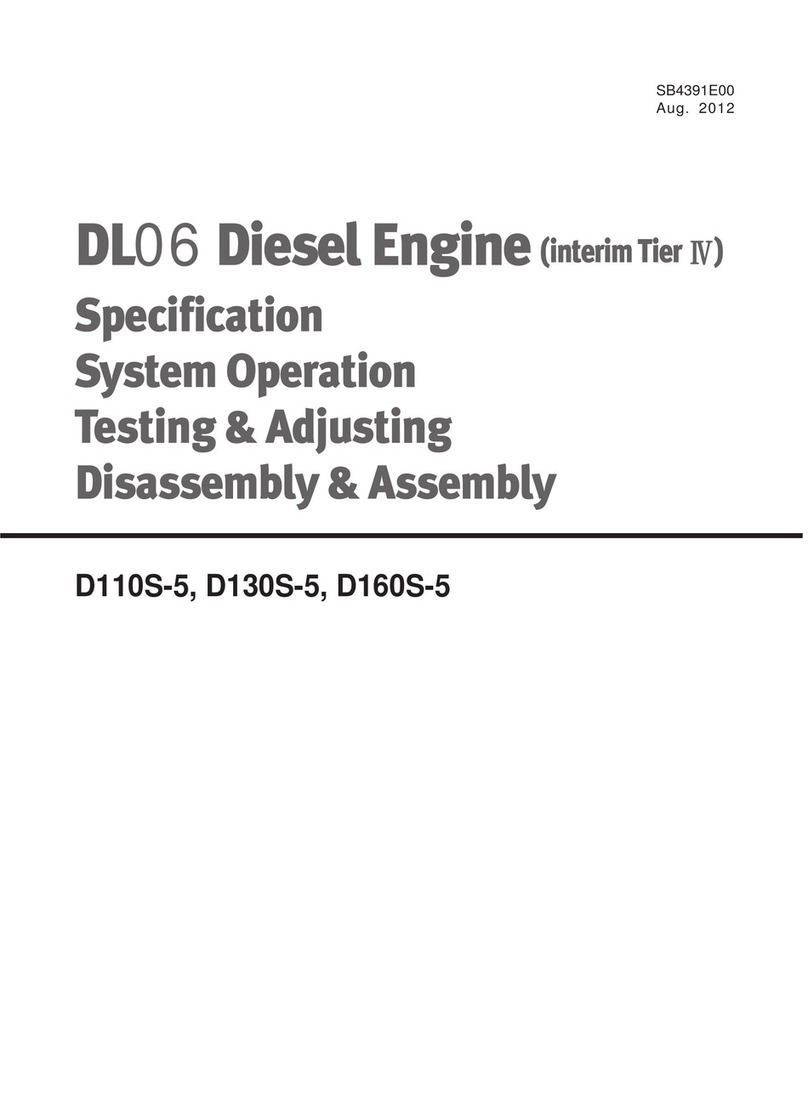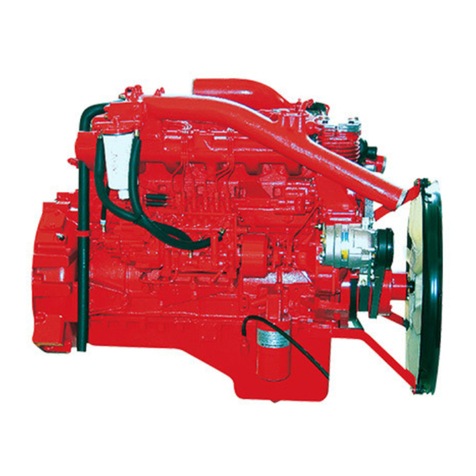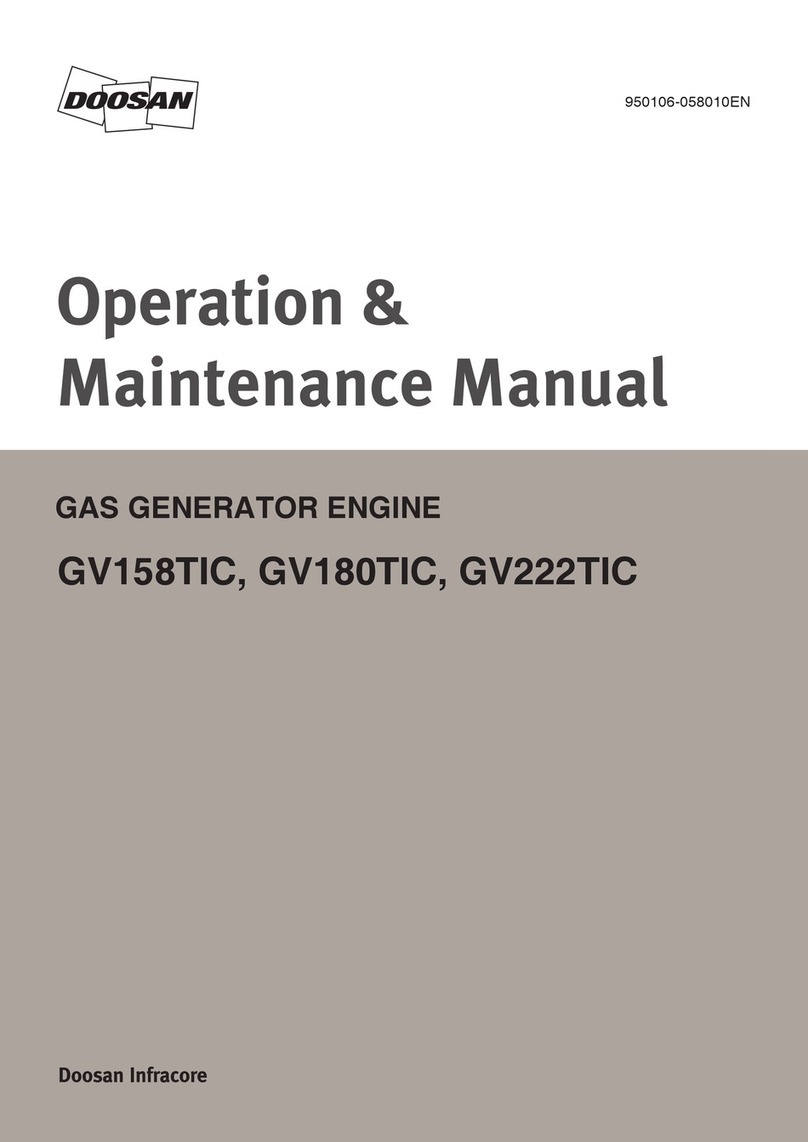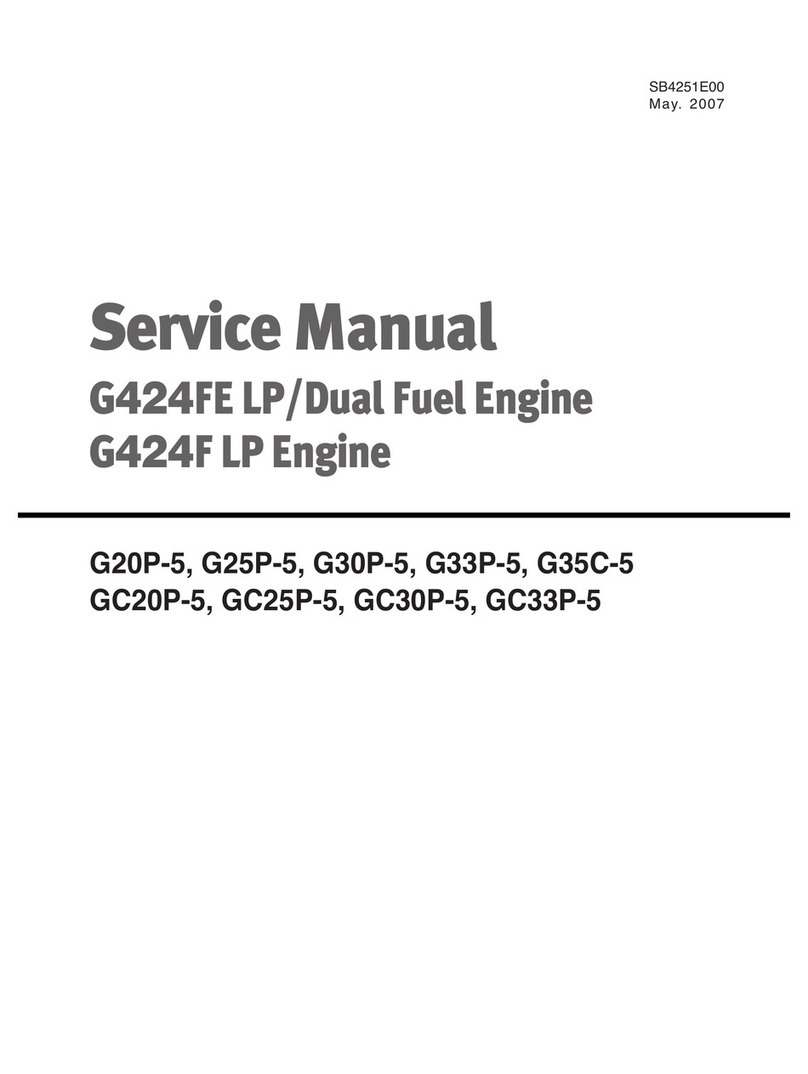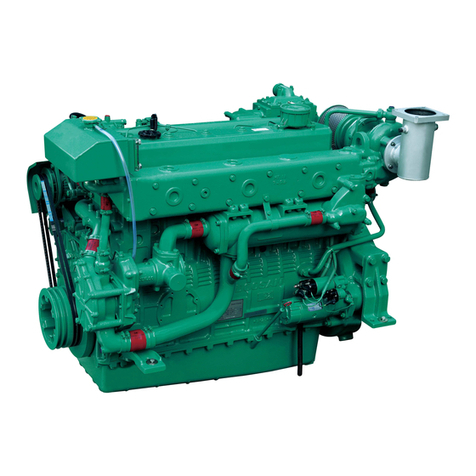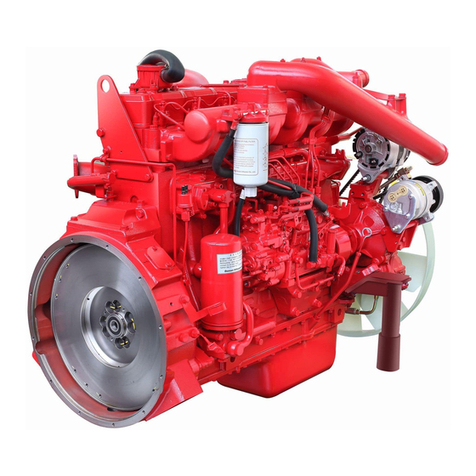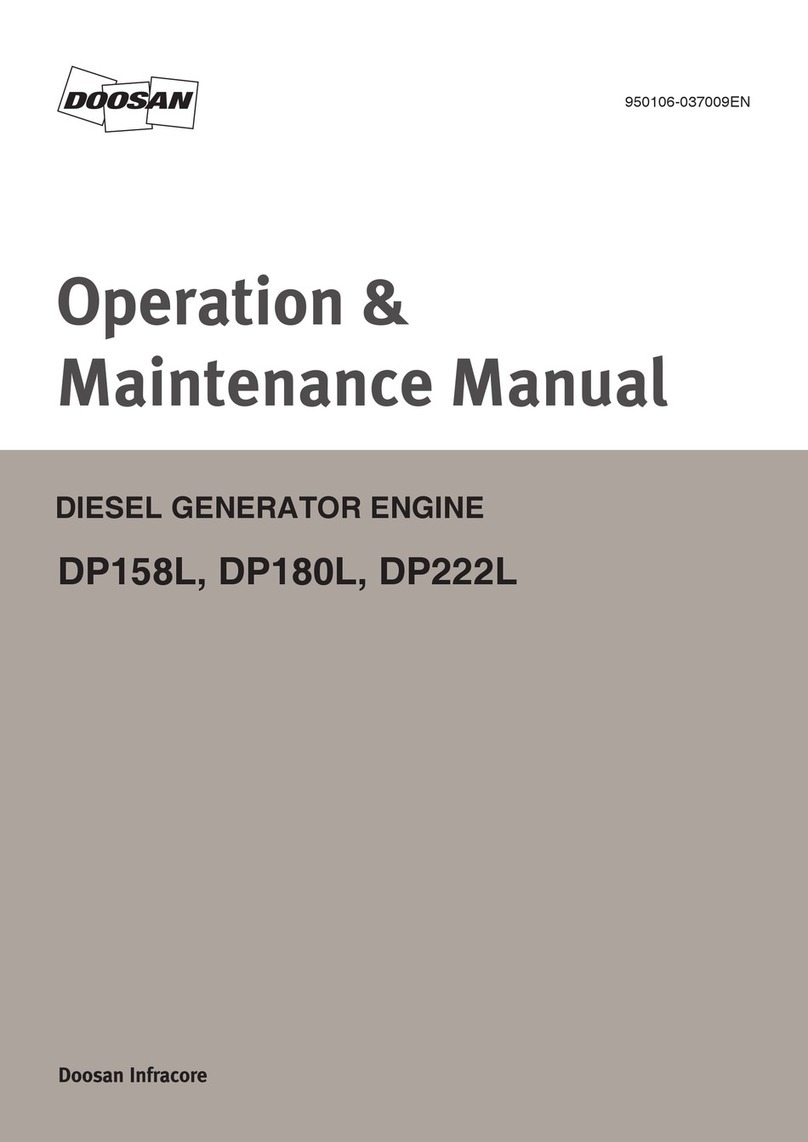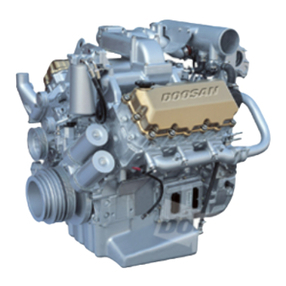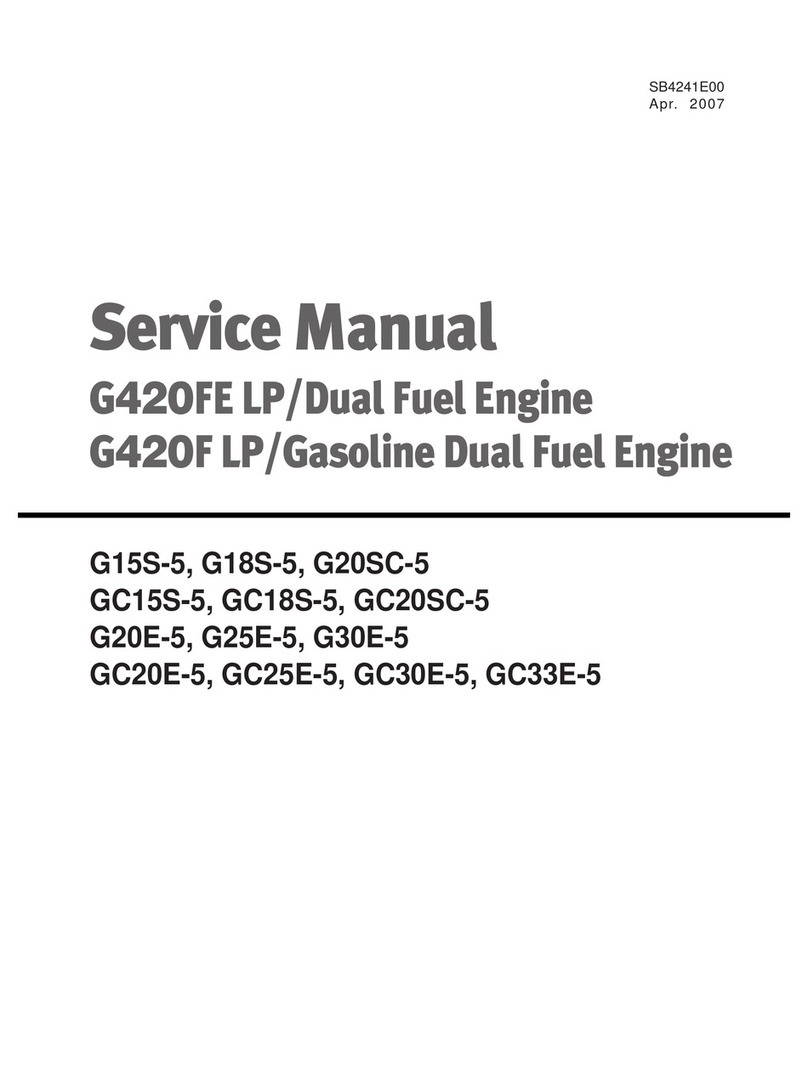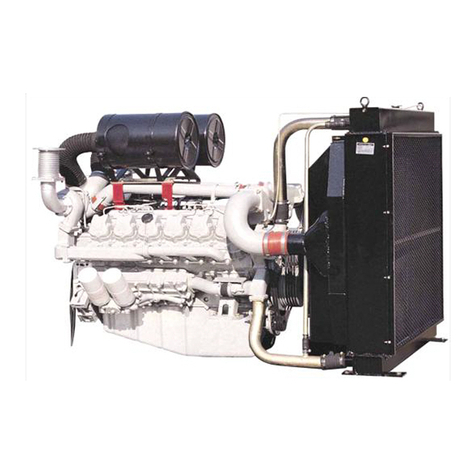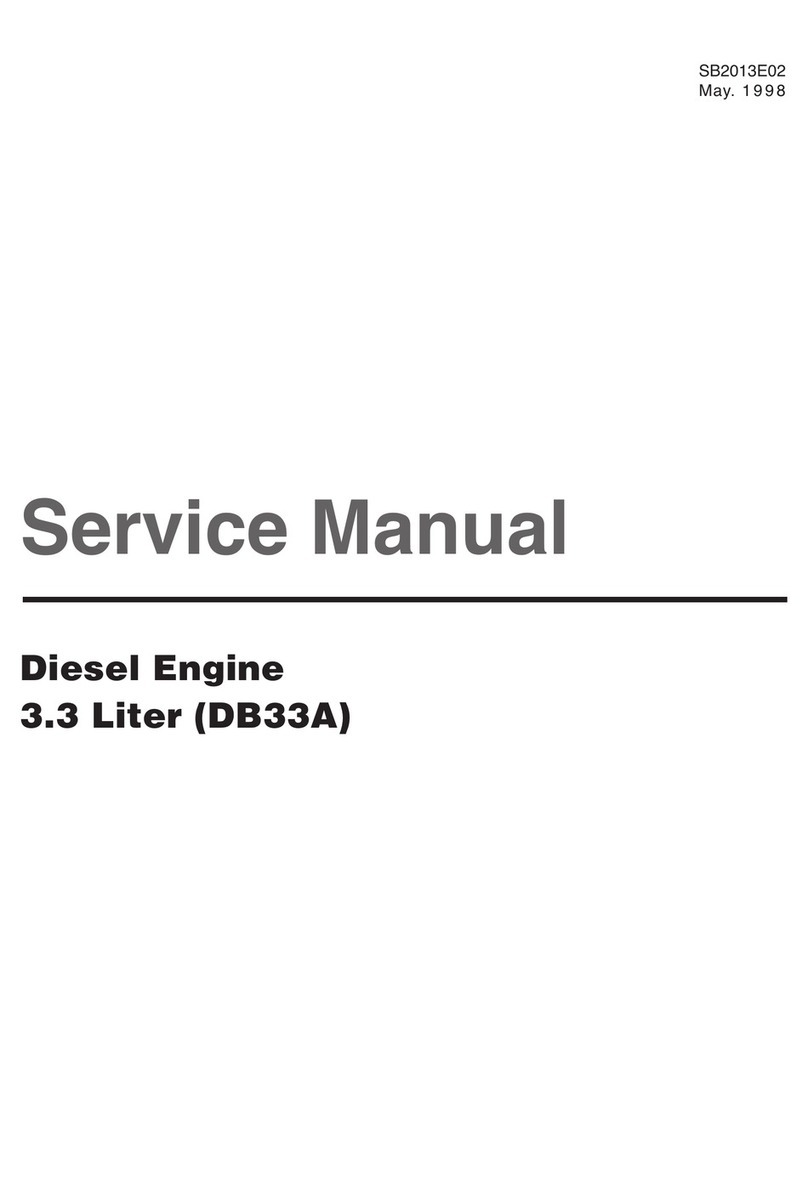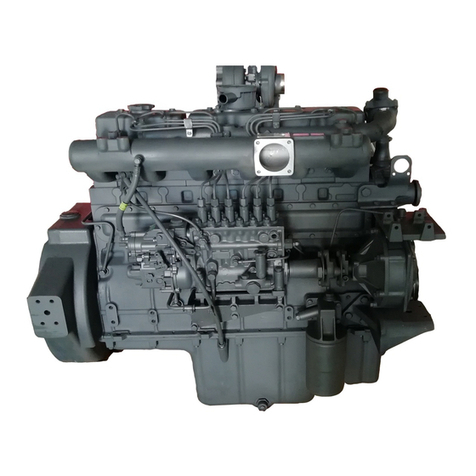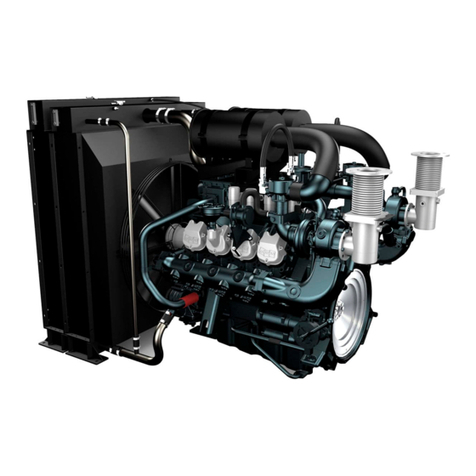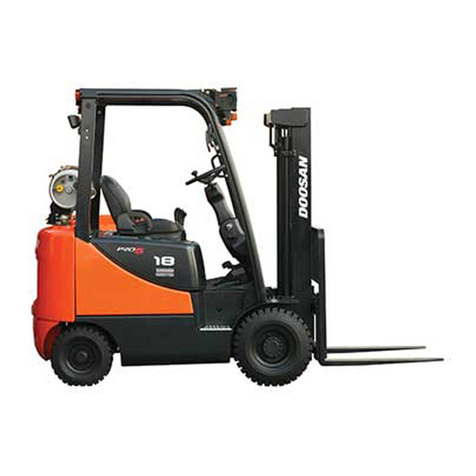
G643(E) Service Manual Index4
Valve Train Component Removal.................. 64
Cylinder Head Removal ................................ 65
Torsional Damper Removal........................... 66
Oil Pan Removal........................................... 66
Oil Pump Removal........................................ 67
Engine Front Cover Removal ........................ 67
Timing Chain and Camshaft Sprocket Removal
..................................................................... 67
Camshaft Removal ....................................... 68
Balance Shaft Removal................................. 68
Piston and Connecting Rod Removal ............ 69
Crankshaft Rear Oil Seal Removal................ 70
Crankshaft Rear Oil Seal Housing Removal .. 70
Crankshaft Removal...................................... 71
Cleaning, Inspection, and Repair...................... 72
Cylinder Block............................................... 72
Cylinder Bore ................................................ 73
Measuring Cylinder Bore Taper and Out-Of-
Round........................................................... 73
Cylinder Bore Reconditioning ........................ 74
Boring.................................................... 75
Honing ................................................... 75
Piston Disassembly....................................... 76
Measuring Piston Pin-To-Piston Clearance ... 77
Piston Selection ............................................ 78
Piston Assembly ........................................... 78
Intake and Exhaust Manifolds ....................... 80
Camshaft ...................................................... 80
Camshaft Bearings ....................................... 81
Balance Shaft ............................................... 82
Timing Chain and Sprockets ......................... 82
Crankshaft Sprocket Replacement ................ 82
Coolant Pump............................................... 83
Oil Pan and Valve Rocker Covers ................. 83
Oil Pump....................................................... 83
Valve Train Components............................... 85
Valve Lifters.................................................. 86
Cylinder Head ............................................... 86
Disassembly .......................................... 86
Cleaning, Inspection, and Measurement
.... 86
Repair.................................................... 88
Valve Rocker Arm Stud Replacement .... 89
Assembly............................................... 89
Thermostat and Coolant Outlet ..................... 90
Torsional Damper ......................................... 90
Crankshaft Bearings...................................... 91
Crankshaft Runout ........................................ 93
Crankshaft End Play ..................................... 93
Connecting Rod Bearings ............................. 93
Connecting Rod Side Clearance ................... 94
Assembly of Engine .......................................... 95
Prior to Assembly ......................................... 95
Crankshaft And Crankshaft Bearing Installation
..................................................................... 95
Crankshaft Rear Oil Seal Housing Installation ...
96
Crankshaft Rear Oil Seal Installation............. 96
Piston and Connecting Rod Installation......... 96
Balance Shaft Installation ............................. 98
Camshaft Installation .................................... 99
Timing Chain and Camshaft Sprocket
Installation ...................................................100
Engine Front Cover Installation....................100
Torsional Damper Installation ......................100
Torsional Damper Installation ......................101
Oil Pump Installation....................................101
Oil Pan Installation.......................................102
Cylinder Head Installation ............................104
Cylinder Head Installation ............................104
Valve Train Component Installation..............104
Valve Adjustment.........................................105
Intake Manifold Installation...........................105
Rocker Arm Cover Installation......................105
Exhaust Manifold Installation .......................107
Flywheel Housing Installation.......................107
Engine Flywheel Installation.........................108
Coolant Pump Installation ............................109
Engine Accessory Installation ......................109
Engine Setup and Testing............................109
Chapter 4. ENGINE ELECTRICAL
SYSTEM
Specifications...................................................110
Ignition Timing .............................................110
Ignition Sequence (Firing Order) ..................110
Ignition Coil .................................................110
Spark Plug...................................................110
Distributor....................................................111
Sensor Gap .................................................111
Ignition System.................................................112
General Description .....................................112
Ignition System Control.........................113
lgnition System Schematic for G643E ...114
lgnition System Schematic for G643 .....114
Ignition System Inspection ....................115
